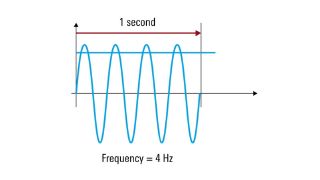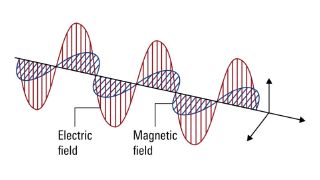Three general uses for RF
There are three general uses for RF. The first category of RF applications involves heating objects. This includes both microwave ovens as well as industrial and medical applications.
Another area of use for RF is sensing or detecting objects. Here, RF is transmitted, and the characteristics of the received RF provides information about the objects it encountered.
Most known is transferring information. Radio and television broadcasts were among the first uses of RF for transferring information in the form of sounds and images. The properties of RF enable modern data-transmission technologies such as Wi-Fi, cellular voice and data and Bluetooth. Also, the ability to transmit information through space is extremely important for satellite applications, including GPS.
Using RF to heat objects
Microwave ovens use something called a “magnetron” to create RF at a frequency of about two and a half gigahertz. This is in the same frequency range commonly used by Wi-Fi and Bluetooth. The RF then penetrates food or liquids and cause the molecules, especially water, to vibrate which creates heat. When using RF to heat food in a microwave having metal objects in the oven should be avoided because the metal can turn the radiated RF produced by the magnetron back into conducted RF. The resulting currents in the metal can cause sparks or fires.
In addition to warming up leftovers, RF is also used for heating in industrial applications, such as pasteurizing milk, and is also found in some medical applications, ranging from destroying cancerous cells to various cosmetic treatments.
Sensing objects using RF
Radar is an example of how objects can be sensed using RF. There are various radar applications, such as detecting planes or ships, or measuring the speed of a vehicle or a baseball. Another example of using RF for sensing are the body scanners that have largely replaced metal detectors in airports. Some types of motion sensors in alarm or other systems also use RF. A less well-known use of RF for sensing is something called material measurements. RF allows to non-destructively determine certain properties of materials, such as checking tissue for the presence of breast cancer, or trees for the presence of rot and termites.




















